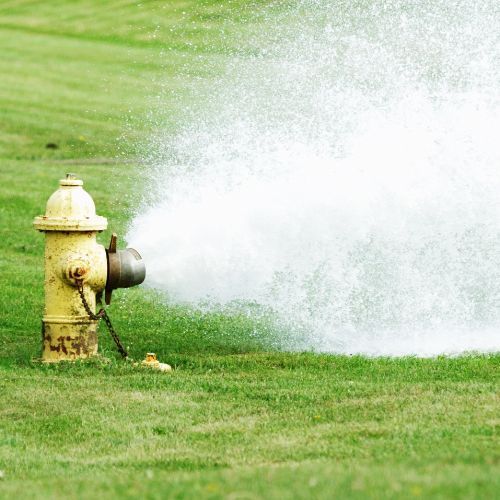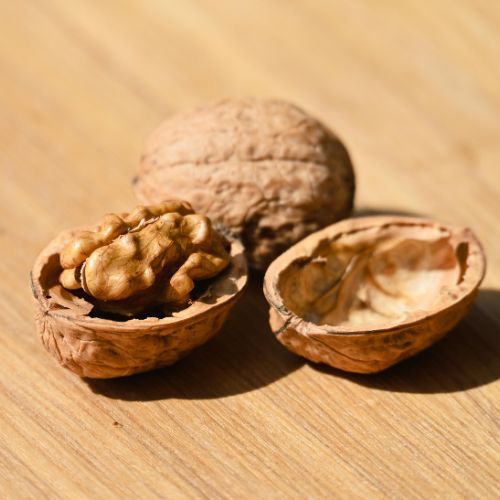Breastfeeding – Positions and Support

Antenatal classes ? – check. Reading lots of pregnancy, birth and parenting books? – check. Breastfeeding classes? Hmmm!
For such a natural and precious part of being a mother, breastfeeding isn’t something you can really ‘learn’ or know how to do until your beautiful babe arrives and is safely in your arms. Here’s the incredible thing; babies are born with a survival instinct that means they know how to breastfeed; and they’re often much better at it than we are (at least initially). Try to remember that when learning any new skill, practice makes perfect; but there are a few tips and positions I’m about to share with you to assist you with mastering the art of breastfeeding.
Environment and Set- up
Ideally lying down. A relaxed, familiar feeding setup is going to promote a more enjoyable experience for you and baby. Bed, couch or floor, pillows are great; whether you use a boomerang pillow, cushions or a special nursing pillow, supporting your baby helps optimise their positioning on the breast and reduces unnecessary strain on your neck, shoulders and back. Be prepared with snacks and water on hand, as well as a tv remote or your phone close by. If you can get organised go to the toilet before you lie/sit down to feed! You don’t want that awful feeling of being desperate to go when the baby takes ages to feed or has fallen asleep and you don’t want to move for fear of waking them. This is a great time to do your pelvic floor exercises though! Ha you thought you got out of it didn’t you!!!
Latch
If you can take ‘baby to breast’ and not ‘breast to baby’. When you bring baby to the breast their head will be tilted back slightly with the chin elevated and nose close to the breast. Ideally you can see and hear rhythmic swallowing once the milk starts flowing after the let-down. If the latch is painful, take baby off the breast and attempt to re-latch. I know painful, but worthwhile in the long run !!??!!
Hydrate
Drink plenty of water! Breast milk is approximately 90% water and breastfeeding will make you thirsty. Hydration = good for milk supply, not to mention your overall well-being. It is especially important to drink enough to replace lost fluids through sweat or exercise. Research suggests a small amount of caffeine is considered safe while breastfeeding. I know huh……. argghhh. But on this one I think it is a trial and see. If you think your bub is more unsettled if you have a coffee … or two maybe reducing in the short term may enable more sleep for YOU and bub at night.
Eat well (and enough) – Breastfeeding takes it out of you, literally. It is recommended that breastfeeding women add an extra 400-500 calories into their daily caloric intake, Guys that’s an extra chocolate bar!!! “Ohhh, really I should not eat that kit kat” – mmmm –“ maybe if I kept some healthy snacks on hand, I’d feel better for it in the end and hey it may help milk quality and supply as well”!!!
OK it’s a no brainer but OOOOhhh not so easy when I am deliriously tired and craving something!!!!
GIRL, get organised with healthy snacks on hand and stop the excuses!!!! Cos you will feel better.
Supply
If you are concerned about low milk supply, speak with your GP for medical advice. Some women find lactation biscuits/balls effective, and there is a belief that brewer’s yeast, flaxseed and healthy fats are supply-promoting foods. This is however, not evidence-based theory; so it is worth speaking to a lactation consultant or dietitian prior to implementing any significant dietary changes.
Position
You will be guided by midwives and nurses, but we often find women are not taught to feed lying down. Breast size and baby size may impact position choice. Some breastfeeding positions to try include:
Side lying – Lying in bed or on a comfy couch with baby snuggled next to you not only promotes the bonding and skin-to-skin contact that boosts those breastfeeding hormones, but it gives you a chance to lie down and rest! For smaller breasted women, try feeding from the bottom breast, while larger breasted women may like to utilise gravity and feed from the top breast if baby’s head control and latch allows for this. This position is very relaxing and can be much more comfortable than sitting for some women, particularly those who have had a Caesarean delivery.
Semi-reclined - This is generally the first position used if baby is placed on your chest after delivery, so baby can ‘breast-crawl’ and enjoy that special first feed. This reclined position or even lying flat on your back may be useful if you have large breasts and a small baby, or a forceful let down.
Cradle - hold or cross body cradle hold. This ‘tummy to mummy’ position is very popular; but can be hard with a small newborn. Make sure you’ve got lots of pillows to support your back and under baby; and try not to spend the entire time looking down or with your shoulders rounded and back hunched over. As beautiful as it is to watch them feed and to have baby look up at you, your neck and back muscles will very quickly get tired of this constant looking down, and with your hormones (Relaxing, in particular) affecting ligament laxity, this can result in ongoing neck/back pain or cause headaches.
Rugby ball hold – The rugby ball hold (or football hold if you’re a keen AFL supporter) may be a nice position choice to use with a newborn, twins, following a C-section or if you’re a larger-breasted mum. Baby is tucked under your arm with feet towards the back of the chair or your body. Baby will feel safe nestled in to your body and you have the added benefit of being able to see baby’s face.
Upright or koala bear hold – When your baby is much heavier and wrigglier you may have to get creative with feeding positions! If your little livewire is too heavy to hold or gets reflux symptoms, this position may be beneficial. It can also be a discreet way of breastfeeding while out in public.
Dangle feeding – Some women report utilising gravity and dangle feeding in a kneeling position helpful for unblocking ducts and potentially preventing mastitis (although there is no published evidence for this). Baby lies on their back underneath Mum who ‘dangles’ over top and feeds in this fashion. This position may be a nice alternative but can place strain on the shoulders and arms if used for prolonged periods.
Hopefully the above tips and positions are of some assistance in terms of promoting an enjoyable breastfeeding experience for both you and your baby. Mums’ know best though, so if you have any concerns or questions, seek assistance from a trained medical professional or lactation consultant.
More from the blog







